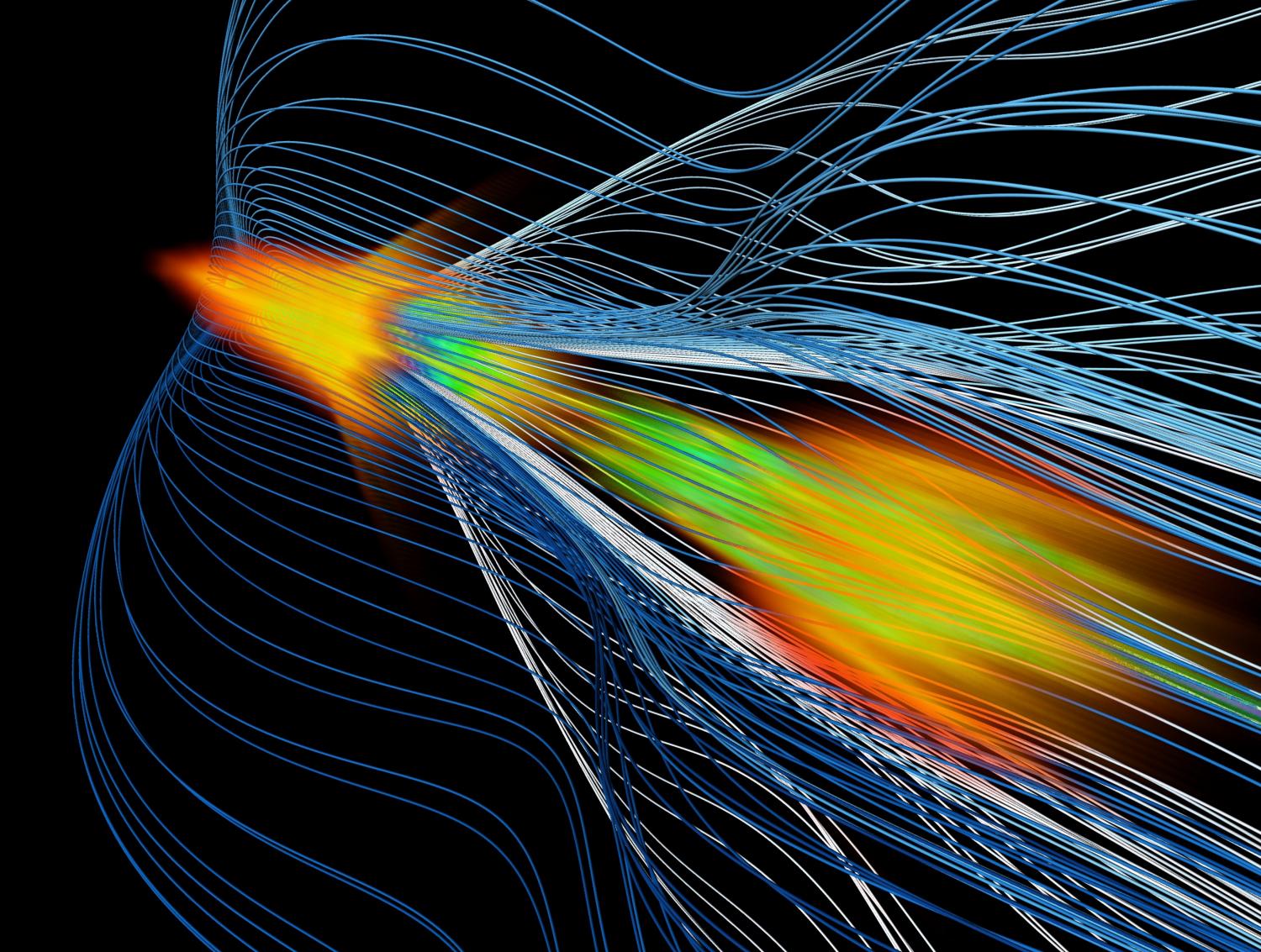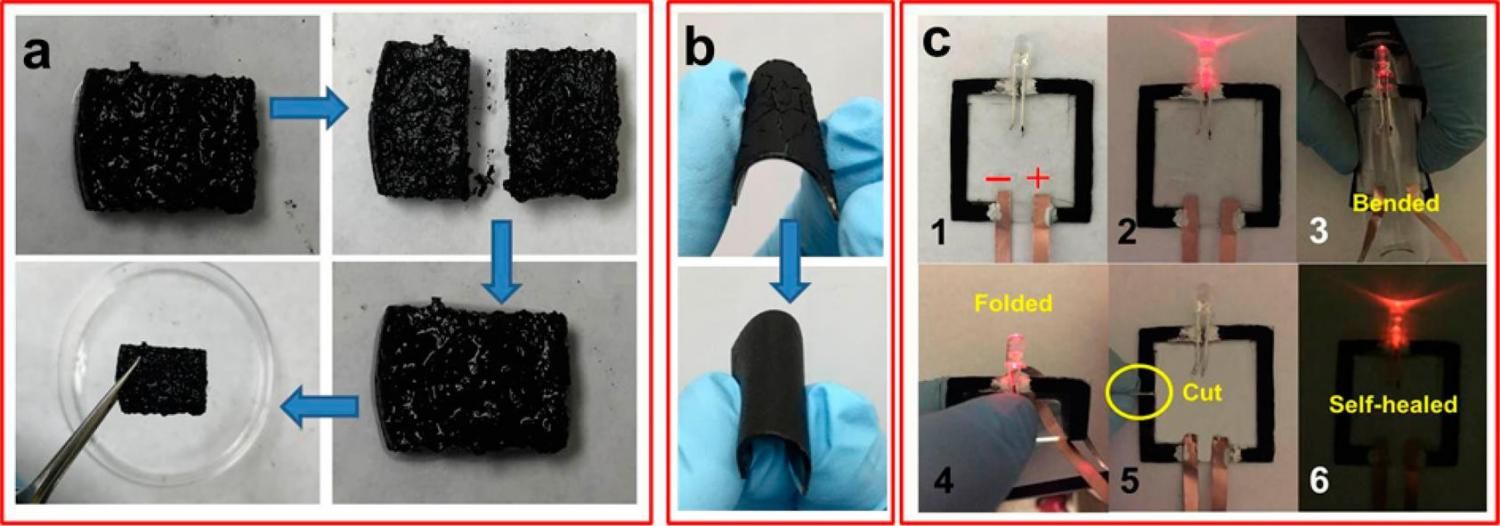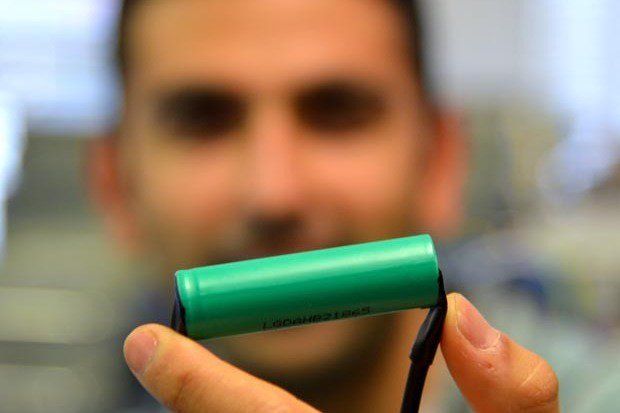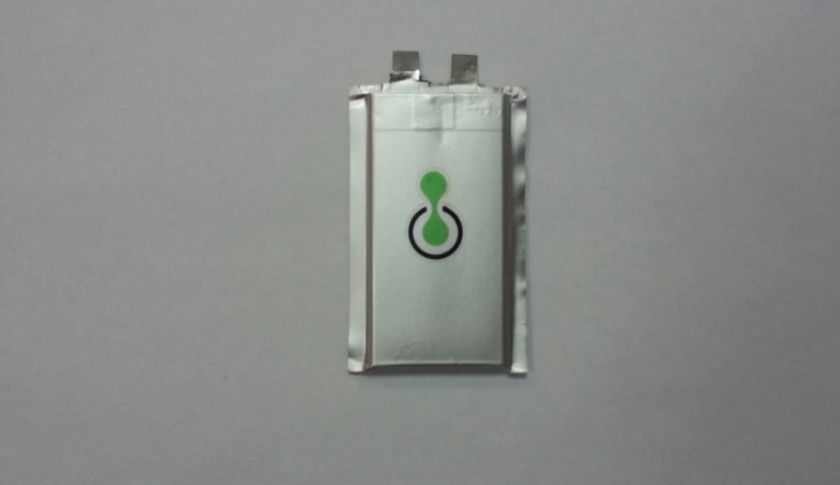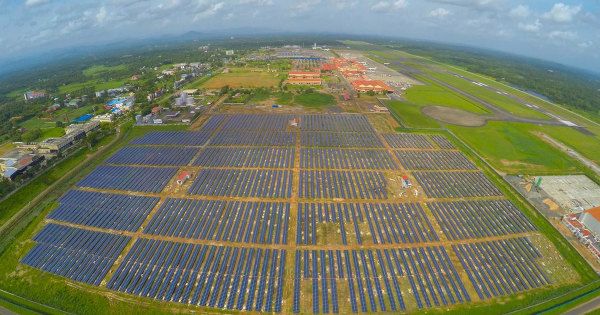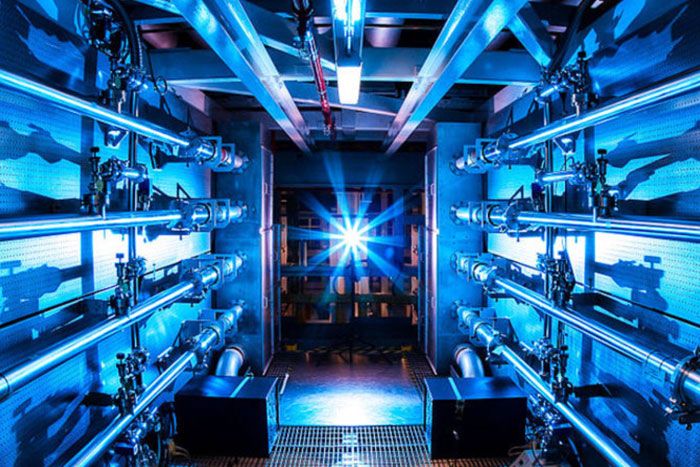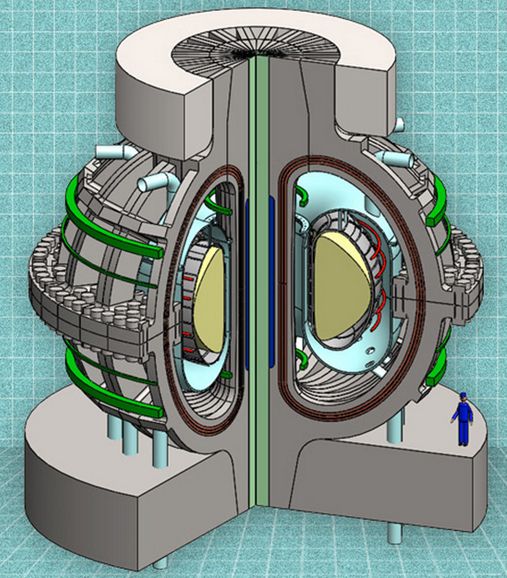A study led by researchers from the U.S. Department of Energy’s (DOE) SLAC National Accelerator Laboratory and the University of California, Los Angeles has demonstrated a new, efficient way to accelerate positrons, the antimatter opposites of electrons. The method may help boost the energy and shrink the size of future linear particle colliders — powerful accelerators that could be used to unravel the properties of nature’s fundamental building blocks.
The scientists had previously shown that boosting the energy of charged particles by having them “surf” a wave of ionized gas, or plasma, works well for electrons. While this method by itself could lead to smaller accelerators, electrons are only half the equation for future colliders. Now the researchers have hit another milestone by applying the technique to positrons at SLAC’s Facility for Advanced Accelerator Experimental Tests (FACET), a DOE Office of Science User Facility.
“Together with our previous achievement, the new study is a very important step toward making smaller, less expensive next-generation electron-positron colliders,” said SLAC’s Mark Hogan, co-author of the study published today in Nature. “FACET is the only place in the world where we can accelerate positrons and electrons with this method.”
